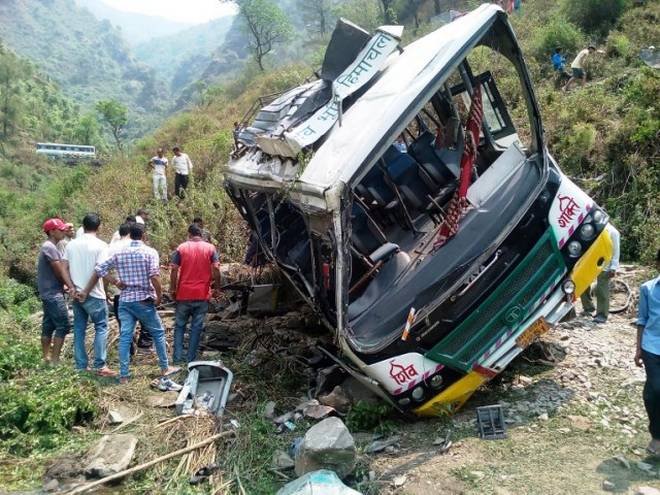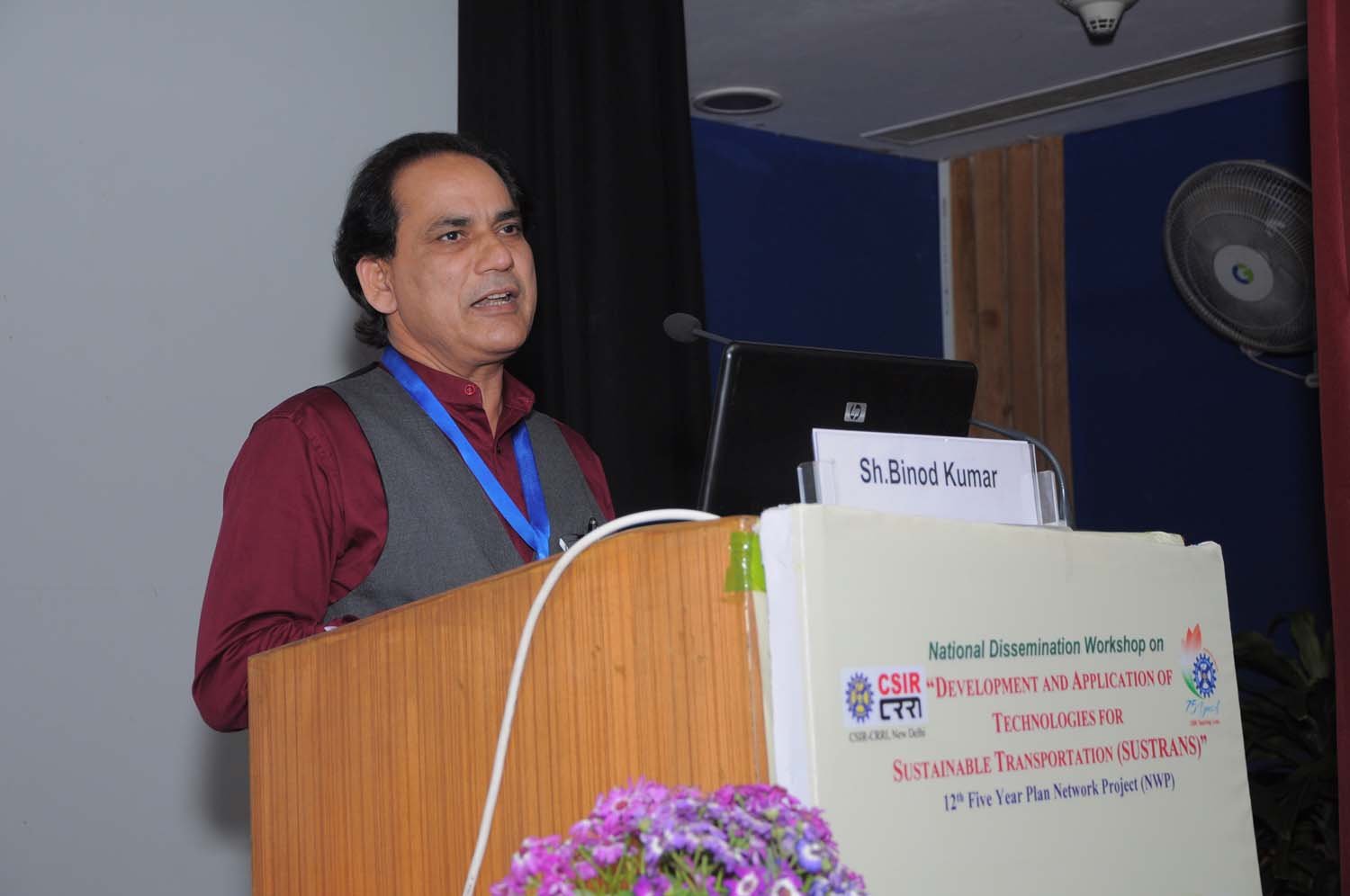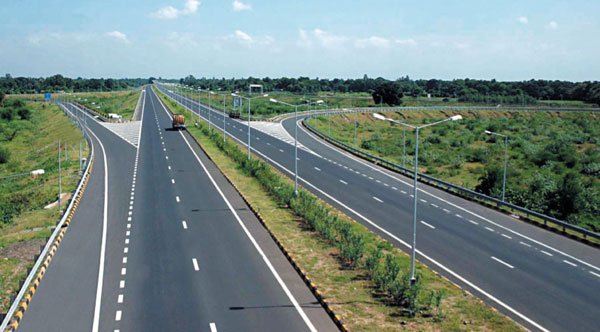New Delhi: Last Sunday, a long stretch of road in Chennai’s Anna Salai area caved in and almost swallowed a bus and a car.
Over the years, reports of roads caving in across India have been a routine news. But the deadly reality of such an incident came to fore in May last year, when an overcrowded bus fell into a deep gorge in Himachal Pradesh after a portion of the road caved in. The incident left 14 people dead and dozens injured.
But the tragedy was soon forgotten.

ScoopWhoop News got in touch with Principal road scientist Binod Kumar, who heads Rigid Pavements section at CSIR-Central Road Research Institute (CRRI) in Delhi. In his view, most of the incidents where roads sink can be prevented if proper construction standards are followed along with a better coordination of various government departments.
Excerpts from the conversation
SW: There have been dozens of incidents of roads sinking in across various Indian states, particularly in metropolitan cities. Why does it happen so regularly?
BK: Like any other structure, roads too have foundations, also known as subgrade. The road sinks when subgrade is weak and can’t hold the weight. The macadam topping on the road is laid on this foundation. In almost all the cases of roads caving in, the primary reason is the hollowness of soil in the subgrade which means the soil is not compacted.
Most of the times, when a road is dug up for laying pipes or wires, the concerned department uses the same dug up soil to fill the space without compacting it. Compacting is a methodological process and should be diligently followed by the agency to ensure the road is safe. But that’s clearly not happening and thus these incidents.

Also, we see a lot of cases of roads sinking in during rainy season. It’s because the loose soil under the black topping of the road is hollow and gets washed away by the water.
SW: Who should be held responsible for such incidents?
BK: The root cause of the problem is the lack of coordination between various agencies who execute different works on the roads. For example, if electricity department have to lay wires underneath a particular road, they’ll dig up the road and put the removed soil back on the dug up area, and move on. Nobody is concerned about what has happened to the road.
As far as accountability is concerned, the departments always order inquires whenever a road sinking incident occurs and takes action. If there’s a coordination between various government departments, I think we can prevent most of these incidents.
SW: Can you tell us about the numbers of such incidents? Has there been a study or analysis of the incidents involving sinking in of roads in India?
BK: There’s no such data or study which can tell us the number of incidents where roads have sunk in.
SW: Is there a mechanism or technology by which a road’s proneness to caving in can be gauged in order to take preemptive measures?
BK: There’s no such mechanism. However, there’s a Geo-Positioning Radar technology which helps us to check out the structure and patterns of existing drainage system at a particular place.

We cannot determine which road is going to cave in. This is why we stress that proper standards and methods of standard road building should be implemented at the time of construction of road. There should be a proper supervision.
SW: What’s the role of CRRI in such cases?
BK: Our mandate is to give guidelines for effective and quality construction of roads in India. All these building codes and guidelines are already available with the executing departments like Public Works Department or any other agencies. They have to follow them.
SW: Is it mandatory for different departments to approach you for ensuring proper construction of roads?
BK: It’s not. However, whenever any agency approaches us for guidance, we help them. We also give inputs to various ministries for drafting better policies on road development.
For underground projects like metros or tunnels, the guideline is to provide strength to the subgrade layer of the soil.
SW: How can this problem be solved?
BK: Only by ensuring the subgrade of the roads is well compacted under proper supervision of experts.
Feature image source: CSIR-CRRI Website

















